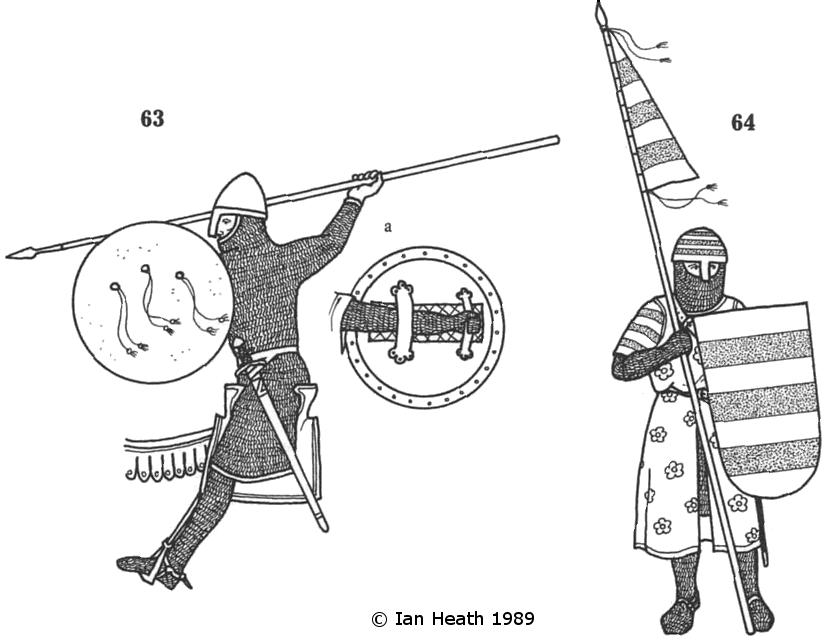
Find the perfect fit with Amazon Prime. Try Before You Buy.
SPANISH KNIGHTS, 12th-13th CENTURIES
An extract from Armies of Feudal Europe 1066-1300by Ian Heath
 |
|
| [Based on Siege of Jerusalem, Las Huelgas Apocalypse by Beatus of Liébana] |
[Based on Las Cantigas de Santa Maria & see Conquesta de Mallorca] |
